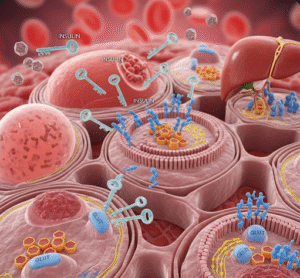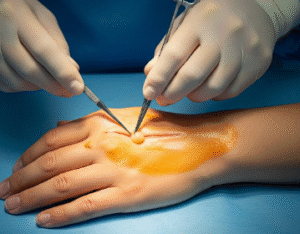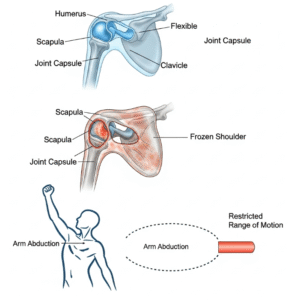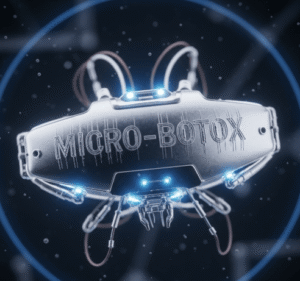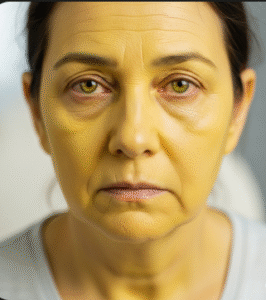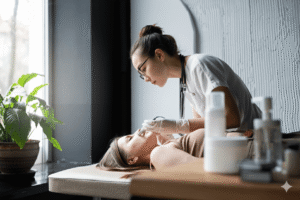What It Is
Tissue expansion is a reconstructive surgical technique that gradually stretches the skin by inserting an expandable balloon-like device (called a tissue expander) beneath it. Over several weeks or months, the expander is slowly filled with saline solution, causing the skin to stretch and grow. Once enough skin has developed, the expander is removed, and the extra skin is used to repair or reconstruct an area of the body.
In Korea, tissue expansion is widely performed in plastic and reconstructive surgery centers, often as part of procedures to treat burns, scars, congenital conditions, or after tumor removal. Korean hospitals are known for combining advanced surgical precision with careful post-operative care to optimize both functional and cosmetic results.
Why It’s Done
Patients may undergo tissue expansion for several reasons:
- Burn reconstruction: Replacing scarred or damaged skin with new, healthy tissue.
- Scar revision: Improving appearance of scars by replacing them with natural skin.
- Congenital defect repair: Correcting conditions such as large birthmarks or scalp defects.
- Post-cancer reconstruction: Restoring skin after tumor or mastectomy removal.
- Cosmetic enhancement: Creating additional skin for breast reconstruction or facial contouring.
The main advantage of tissue expansion is that it uses the patient’s own skin, ensuring the best possible color, texture, and thickness match.
Alternatives
Depending on the situation, alternatives may include:
- Skin grafting: Transplanting skin from another body area.
- Local flaps: Moving nearby skin without expansion.
- Free tissue transfer: Transplanting skin and tissue from a distant body area using microsurgery.
- Artificial skin substitutes or dermal fillers: For smaller or temporary repairs.
Tissue expansion is preferred when large, well-matched skin replacement is required.
Preparation
Preparation for tissue expansion typically involves:
- Consultation: A reconstructive surgeon evaluates the defect, location, and expected skin requirements.
- Medical evaluation: Blood tests, imaging, and review of medical history.
- Planning timeline: Patients must understand that expansion occurs gradually over weeks to months.
- Lifestyle adjustments: Avoiding smoking and alcohol to improve healing.
- Recovery planning: Preparing for multiple follow-up visits and a staged treatment plan.
How It’s Done
Tissue expansion is performed in stages:
- Insertion of expander:
- Under general anesthesia, a silicone balloon expander is surgically placed under the skin near the defect.
- The incision is closed, and the expander remains hidden beneath the skin.
- Gradual inflation:
- Over weeks, saline is injected into the expander through a small port, gradually stretching the skin.
- Patients return for regular appointments to monitor progress and add saline.
- Removal and reconstruction:
- Once enough new skin has formed, the expander is removed in a second surgery.
- The newly created skin is used to repair or reconstruct the target area.
Recovery
Recovery depends on the expansion site and purpose:
- Initial healing (after insertion): Mild swelling, discomfort, or tightness for 1–2 weeks.
- Expansion phase: Patients may feel stretching or pressure as the expander grows, but this is generally well tolerated.
- After reconstruction: Patients may need several weeks of rest and wound care following the final surgery.
- Final results: Natural, healthy skin that blends well with surrounding tissue.
Possible Complications
Tissue expansion is considered safe but carries some risks:
- Infection around the expander.
- Expander exposure or rupture.
- Uneven expansion or irregular skin stretching.
- Discomfort or temporary restriction of movement.
- Scar formation at incision sites.
- Rare need for premature removal of the expander.
Treatment Options in Korea
Diagnosis
- Comprehensive consultation and imaging to design the expansion plan.
- Careful mapping of blood supply and skin laxity in the donor area.
Medical Treatments
- Pain relief, antibiotics, and wound care after insertion and expansion sessions.
- Regular follow-ups to monitor skin health.
Surgical or Advanced Therapies
- Standard tissue expansion: For large skin replacement needs.
- Scalp tissue expansion: Common in Korea for hair-bearing scalp reconstruction.
- Breast reconstruction with expansion: Often combined with implants or autologous reconstruction.
- Pediatric tissue expansion: For congenital defects such as giant birthmarks.
Rehabilitation and Support
- Scar management with silicone sheets or laser therapy.
- Psychological support for patients undergoing long treatment timelines.
- International patient services, including translation, coordination, and virtual follow-up consultations.


